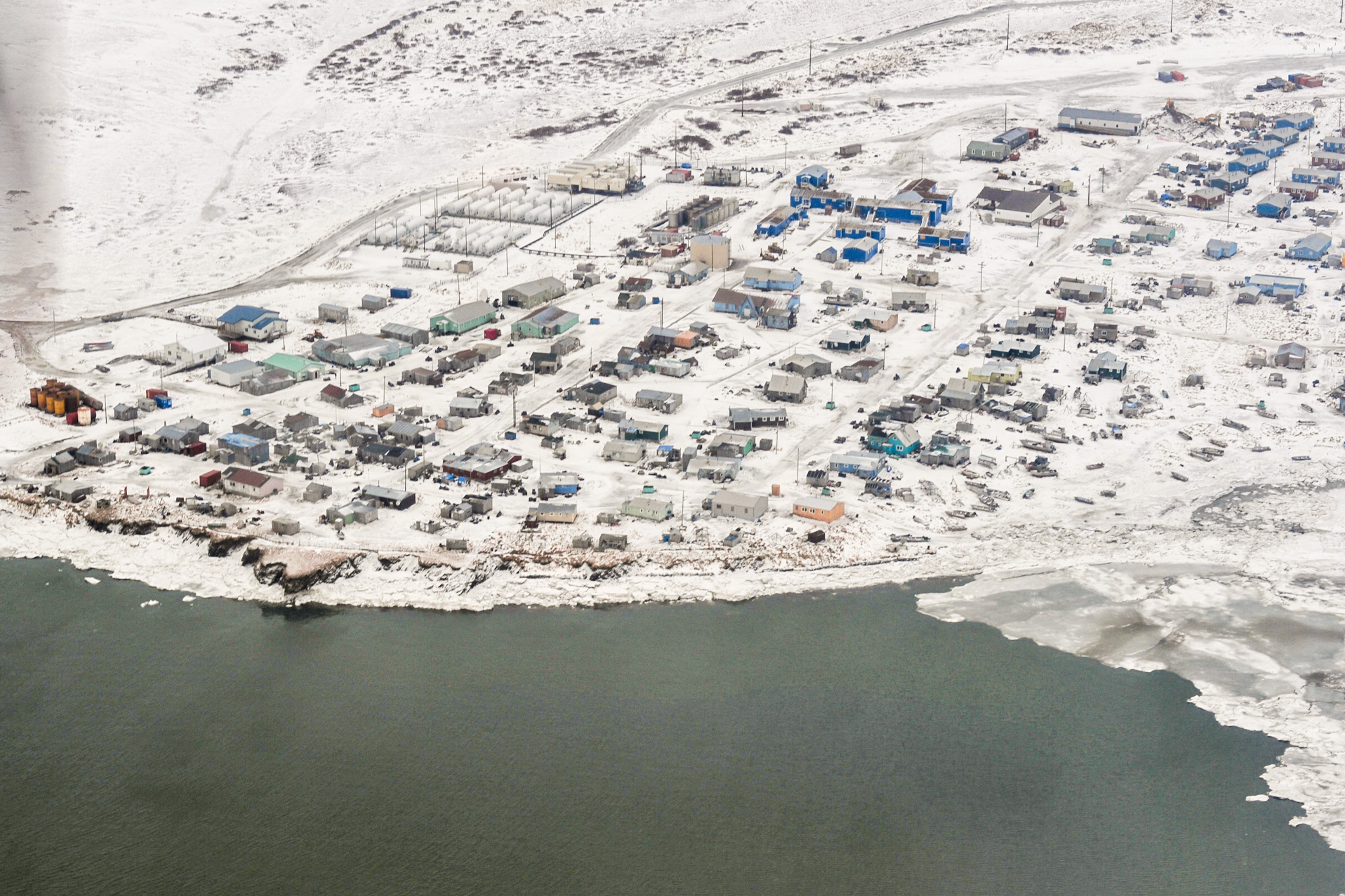The Coastal Villages Region Fund (CVRF) has commissioned a new report that it says is further evidence its federal fishery allocations are unfairly low.
CVRF is one of six nonprofit groups that manage NOAA’s Community Development Quota (CDQ) program. CDQ was set up in 1992 to bring money into cash-strapped Western Alaska communities by setting aside a portion of Bering Sea and Aleutian Islands fisheries for local commercial use.
Coastal Villages has long been advocating for more fish. Michelle Humphrey is the group’s outreach manager.
“The allocations are not distributed currently based on any formula that focuses on economic need or population, and so the benefits delivered by the program are not being distributed fairly or equitably.”
According to the report, prepared by the Seattle-based research firm Community Attributes, the most impoverished communities in Western Alaska are served by CVRF and the Norton Sound Economic Development Corporation (NSEDC). These two represent nearly 70 percent of the total CDQ-eligible population. But they receive only about 40 percent of the total CDQ quota.
Sarah Marrinan is an economist with the North Pacific Fishery Management Council, which oversees the CDQ program. She says when the program started in the 1990s, each CDQ group submitted a business plan to the state, which determined the allocations based on a variety of factors.
“Demographic information about their communities, proposals for certain partnerships, harvesting vessels, essentially how they plan to use the allocation, how they’d set up their board of directors, if they’re going to need additional state funds.”
Marrinan says political influence also likely played a role.
“In terms of each group working to get the most that they can out of the allocation, any time there’s an allocation process within fisheries, there’s going to be people who are lobbying hard for their group. That’s part of the process when you’ve got the opportunity for public input in different places.”
Any new changes would have to be made by amending a federal law called the Magnuson-Stevens Fishery Conservation and Management Act. It requires a review of the quotas every 10 years, which started in 2012. No allocation changes have been made since 2006.
Alaska’s congressional delegation has said it wants consensus from all of the CDQ groups before pursuing changes. CVRF has been the most vocal advocate among the groups, using the slogan “Just Fix CDQ.”
NSEDC says it’s not as worried about the allocations right now. Simon Kinneen is the corporation’s vice president and quota acquisitions manager. In a prepared statement, he says the amendments to the Magnuson-Stevens Act in 2006 did more than just lock in the quotas.
“It also fostered coordination among the groups, provided stability for planning purposes, significantly reduced burdensome oversight and allowed the groups to be more effective in our various member communities.”
He says although larger allocations would be “wonderful,” NSEDC has still been able to do a lot of good with what it has.
Correction: an earlier version of this story incorrectly stated the name of CVRF. It is the Coastal Villages Region Fund (not “Resource Fund”).
Image at top: Scammon Bay is one of the 20 coastal communities served by CVRF in the Kuskokwim Delta (Photo: U.S. Coast Guard, public domain).





